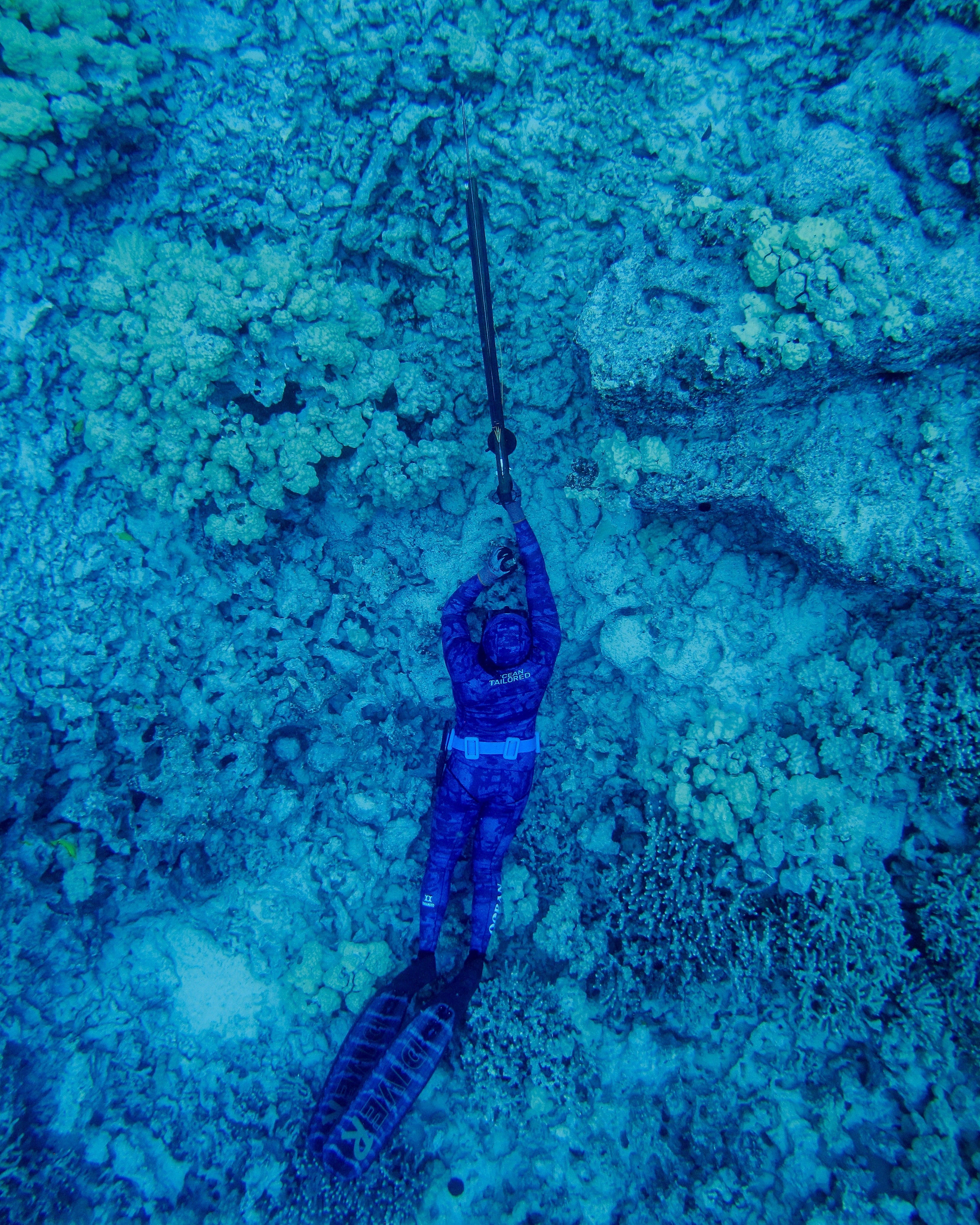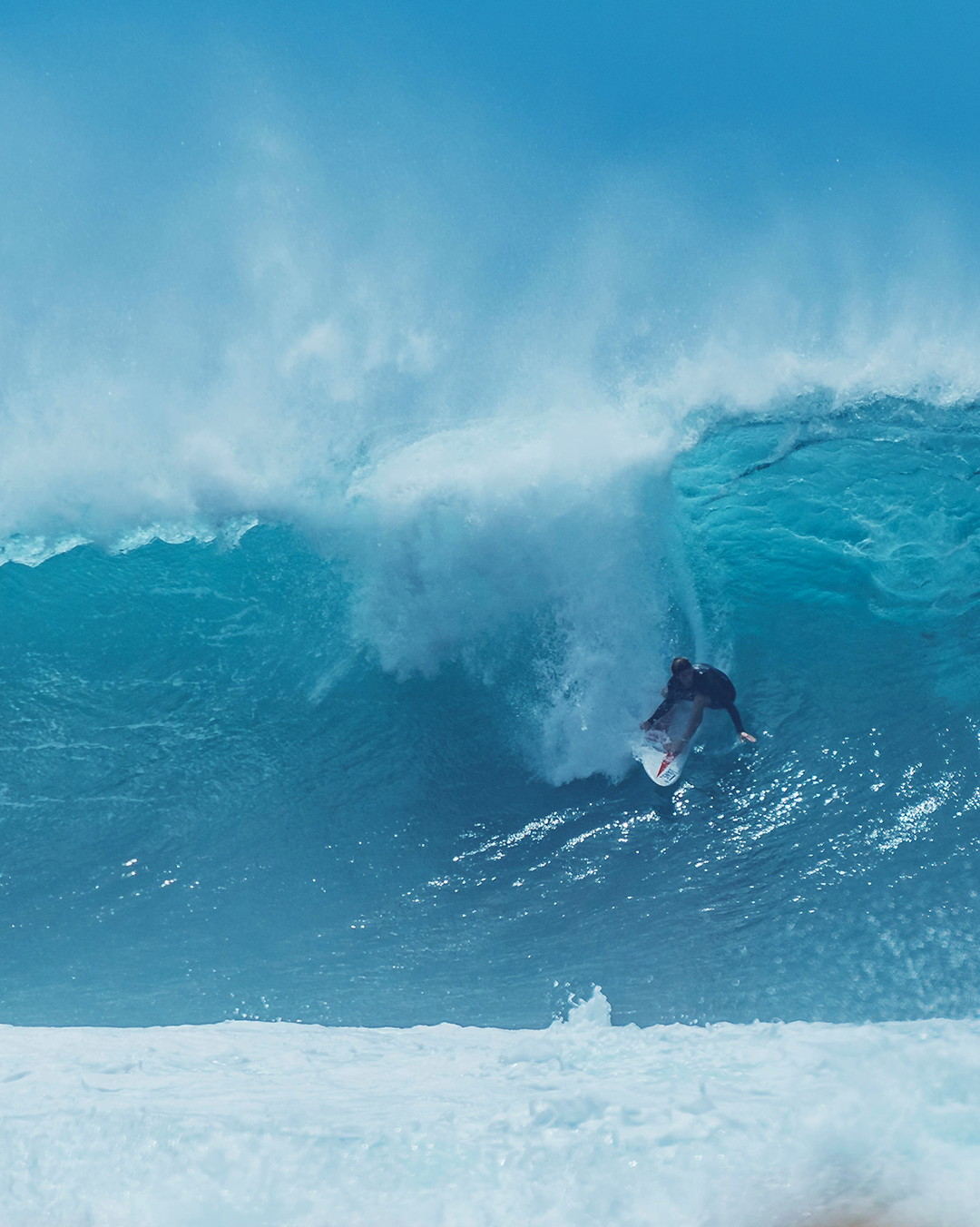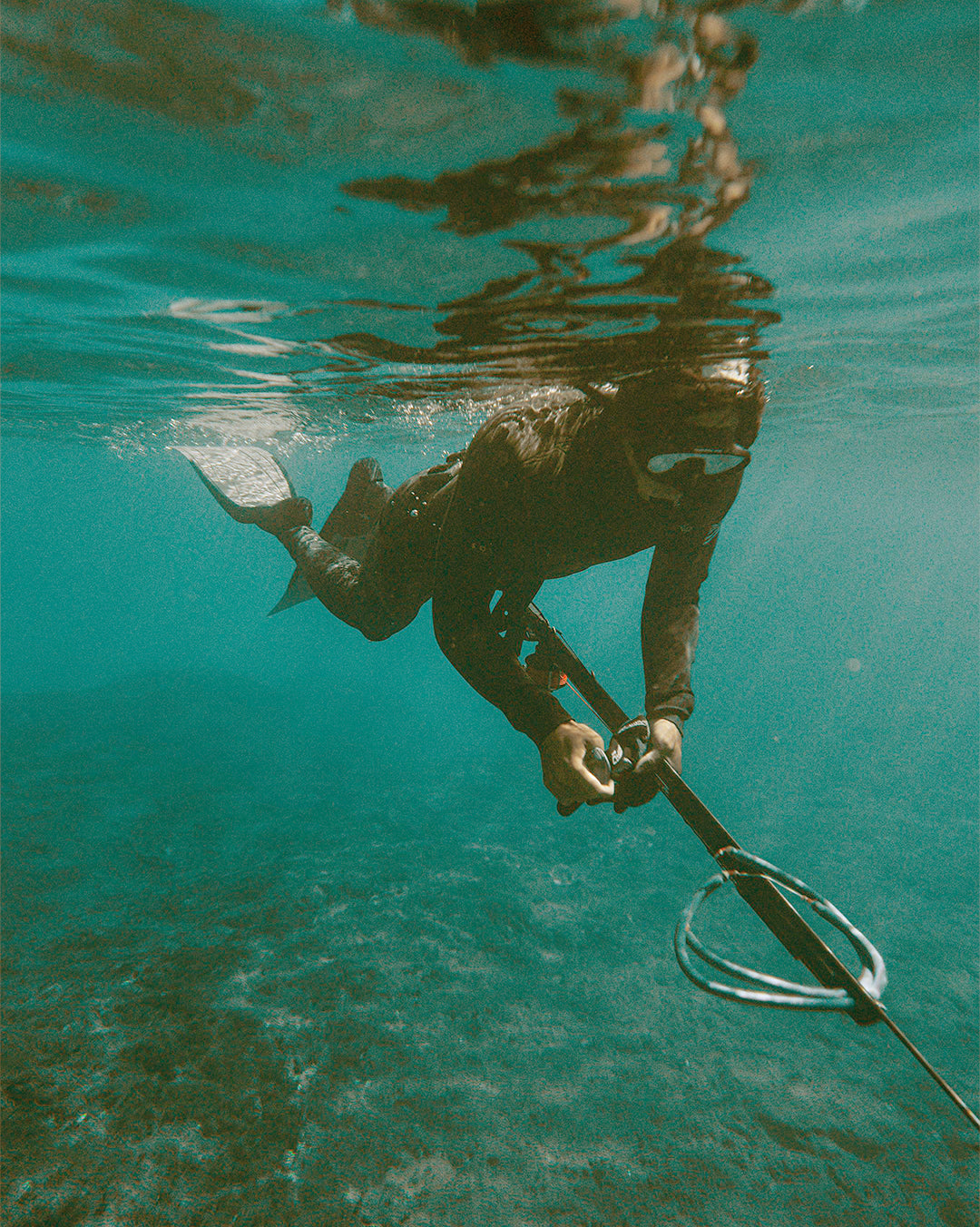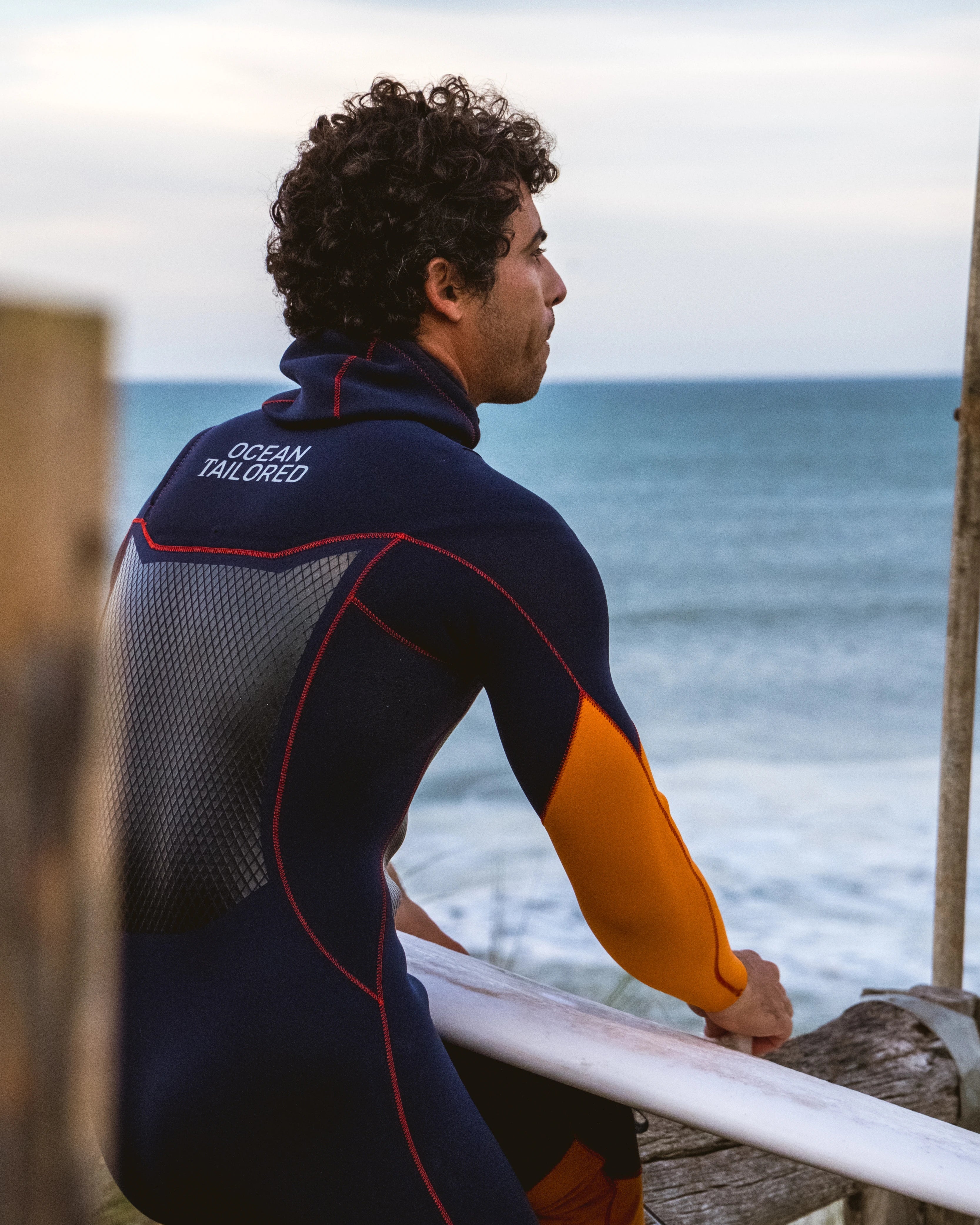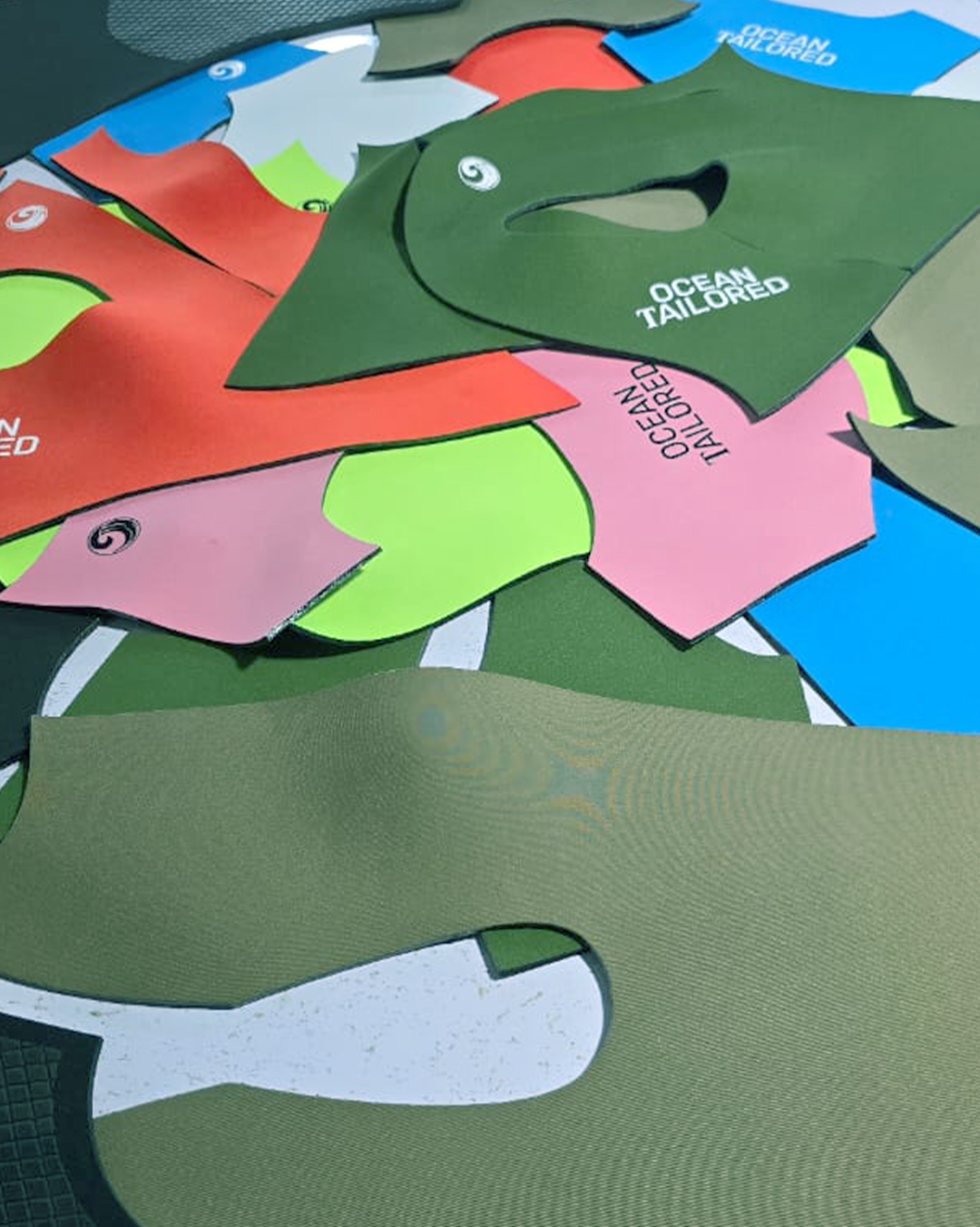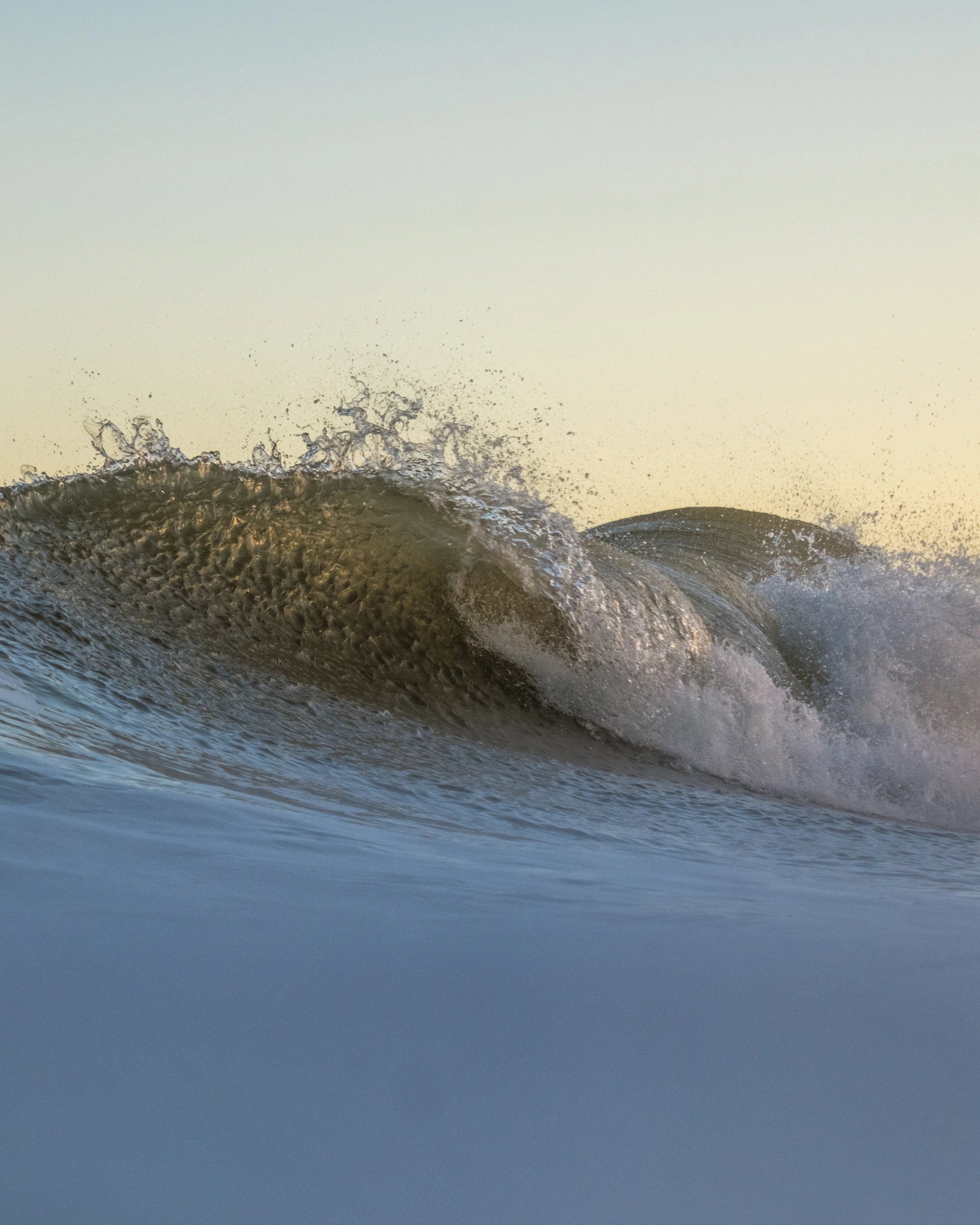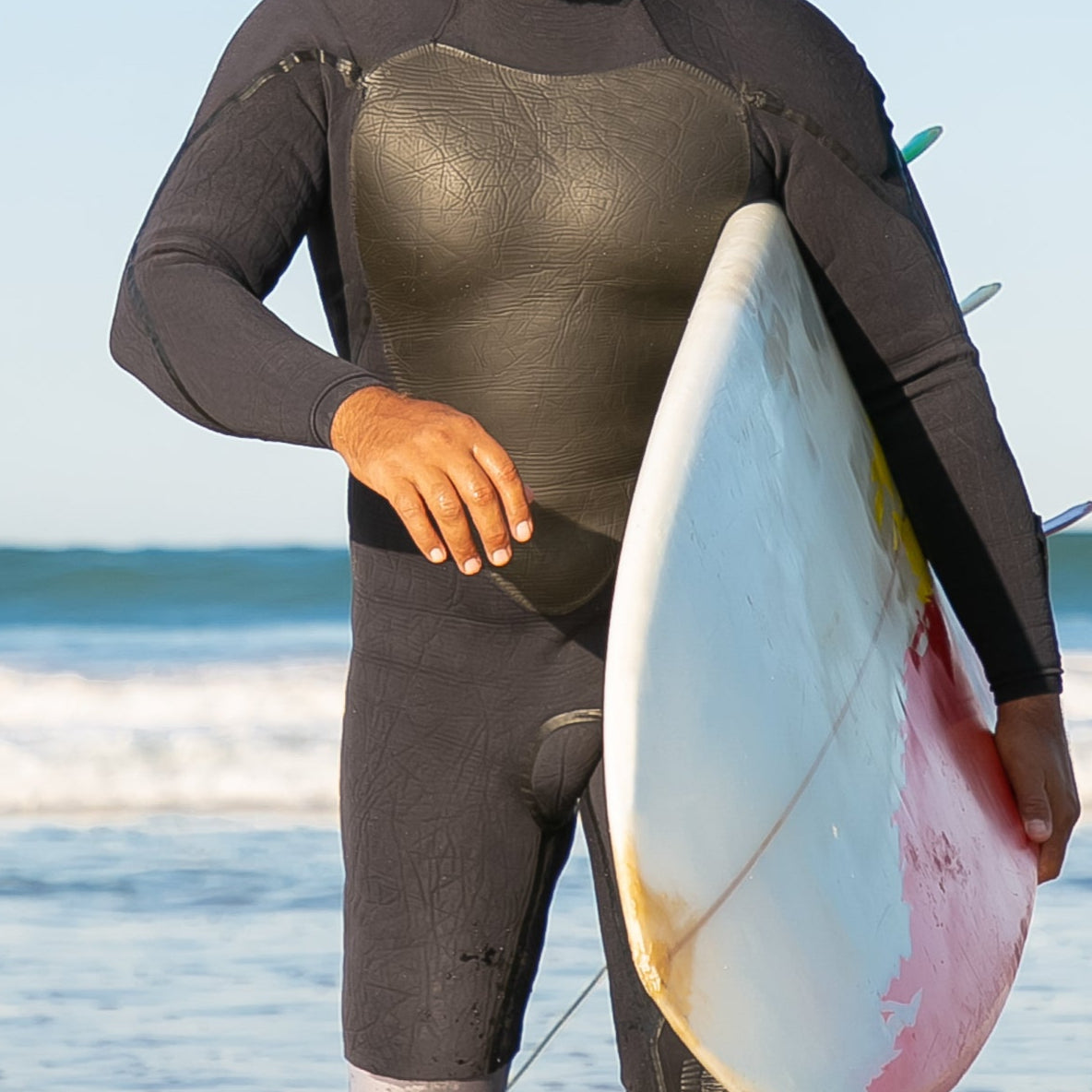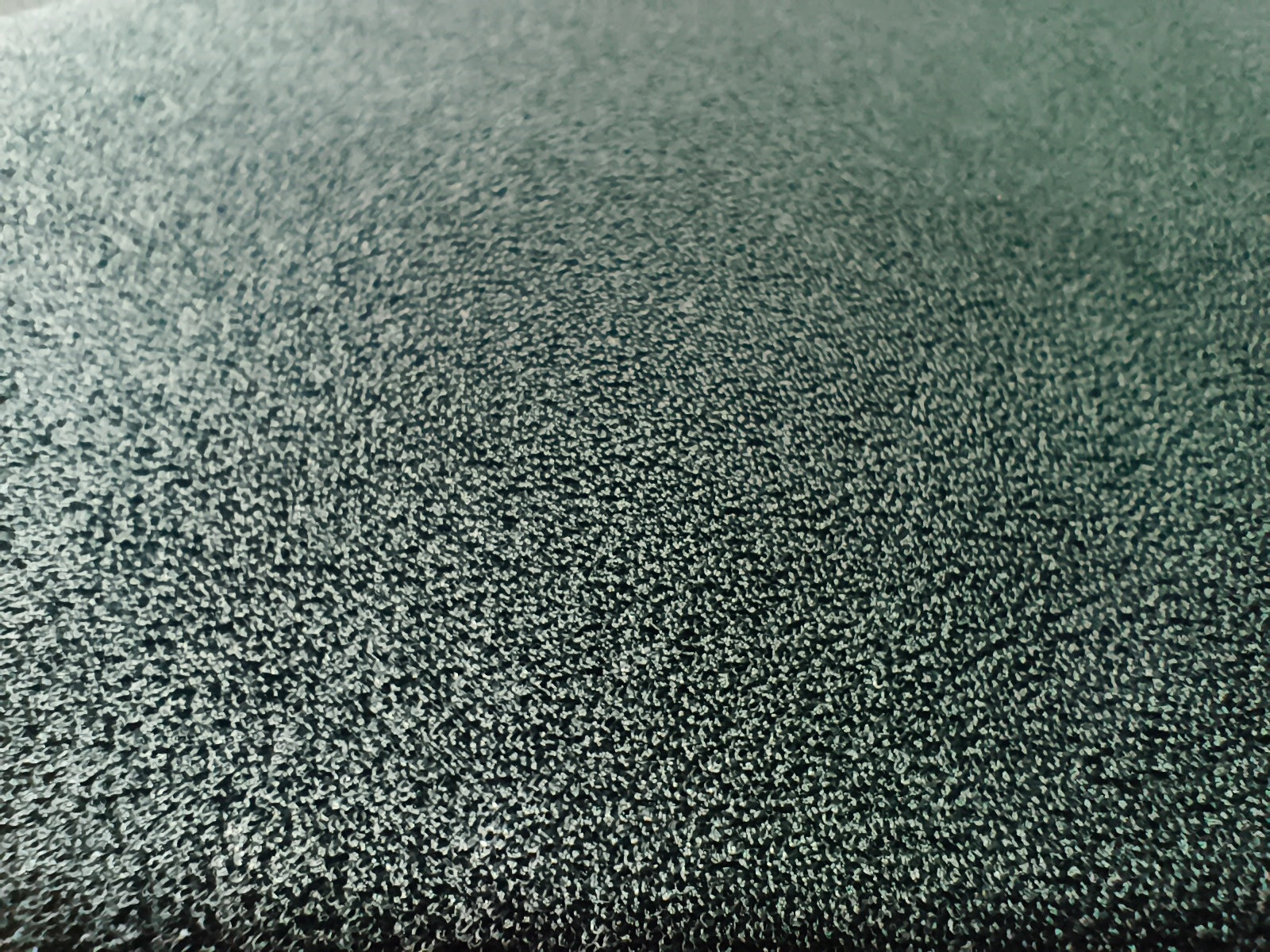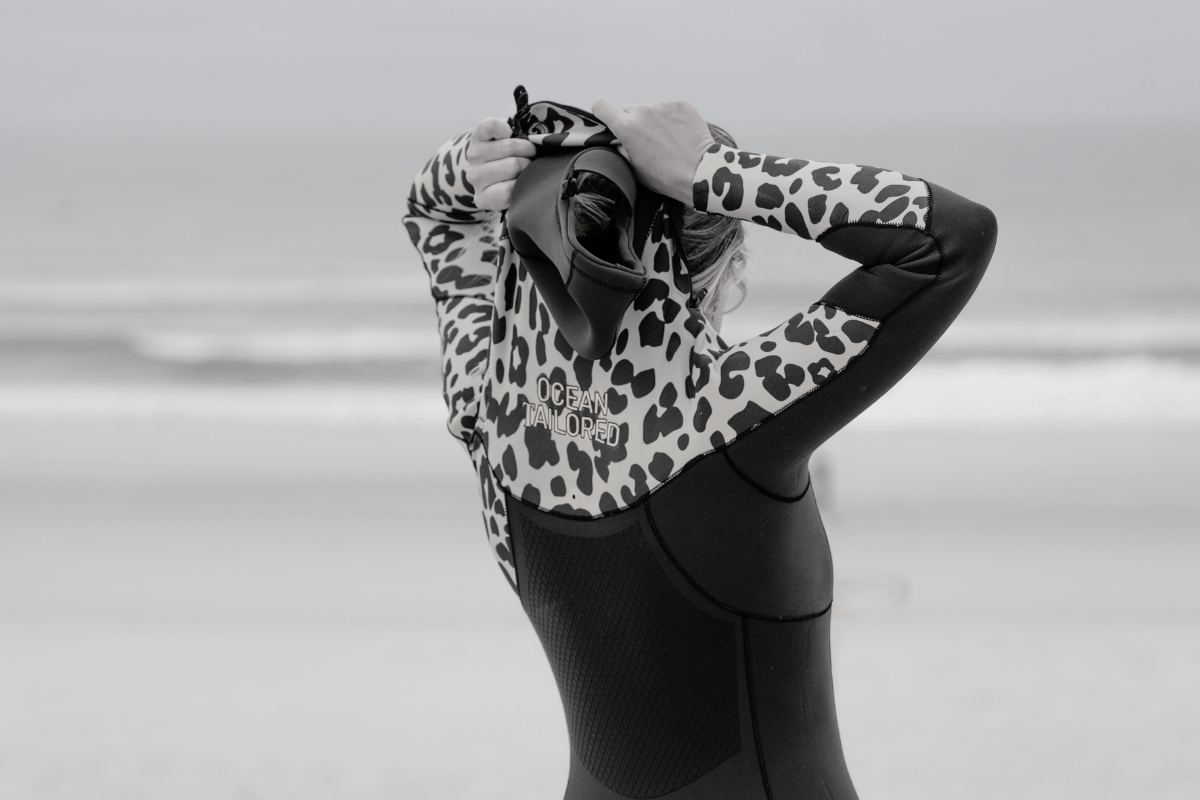Why Yamamoto Neoprene is the best?
If you’ve ever worn a wetsuit that felt exceptionally warm, lightweight, and flexible, chances are it was made with Yamamoto rubber—widely regarded as the gold standard in wetsuit. You get what you pay for. While that’s not always true, when it comes to wetsuits, it definitely is. Cheap wetsuits are often made with low-quality, petroleum-based neoprene that lacks warmth, flexibility, and durability. The result? A suit that doesn’t perform well, breaks down quickly, and ends up in a landfill. Not exactly what you want when investing in gear that should keep you warm and comfortable in the water. That’s where Yamamoto Neoprene comes in.
What Makes Yamamoto Neoprene Superior?
In the 1960s, the Yamamoto Corporation in Japan developed a groundbreaking method of producing neoprene from limestone instead of petroleum. This innovative process not only improved neoprene’s quality but also made it a more sustainable alternative. Unlike traditional petroleum-based neoprene, limestone-based Yamamoto neoprene is more durable, eco-friendly, and high-performing.
- Warmer & Lighter: Yamamoto neoprene contains 30% more air bubbles than petroleum-based neoprene. More air means better insulation, so you stay 30% warmer without extra thickness.
- Higher Density = Better Performance: With a 94% micro-cell structure density (compared to 65% in traditional neoprene), Yamamoto neoprene is more buoyant, lighter in weight, and incredibly efficient at retaining heat.
- More Stretch & Flexibility: This neoprene has an elongation factor of 480-580%, meaning it stretches in all directions while maintaining its shape. You get unmatched freedom of movement, making paddling and surfing effortless.
- Unmatched Durability: The independent cell structure prevents small tears from spreading. Unlike cheaper neoprene, which degrades and loses its shape quickly, Yamamoto rubber lasts significantly longer.
- Cell Memory for a Custom Fit: The neoprene molds to your body and holds its shape over time, meaning a better fit, less water flushing, and reduced risk of rashes.
-
Sustainability: Yamamoto Corp puts it best “Sustainability is not about avoiding resources, but using them smartly". Their manufacturing process relies on renewable energy sources like hydro-electric power, and Japan has an estimated 3,000-year supply of limestone at current usage rates. While all neoprene production requires energy, Yamamoto’s process is significantly less harmful to the environment than petroleum-based alternatives.
Yes, wetsuits made from Yamamoto rubber cost more upfront, but the benefits far outweigh the price difference. They last longer, keep you warmer, fit better, and feel more comfortable than traditional wetsuits. The ultimate upgrade? A custom wetsuit made with Yamamoto neoprene. A suit that fits perfectly and is made from the best material on the market? That’s an investment worth making. If you’re serious about performance, comfort, and sustainability, Yamamoto neoprene is the only way to go.



